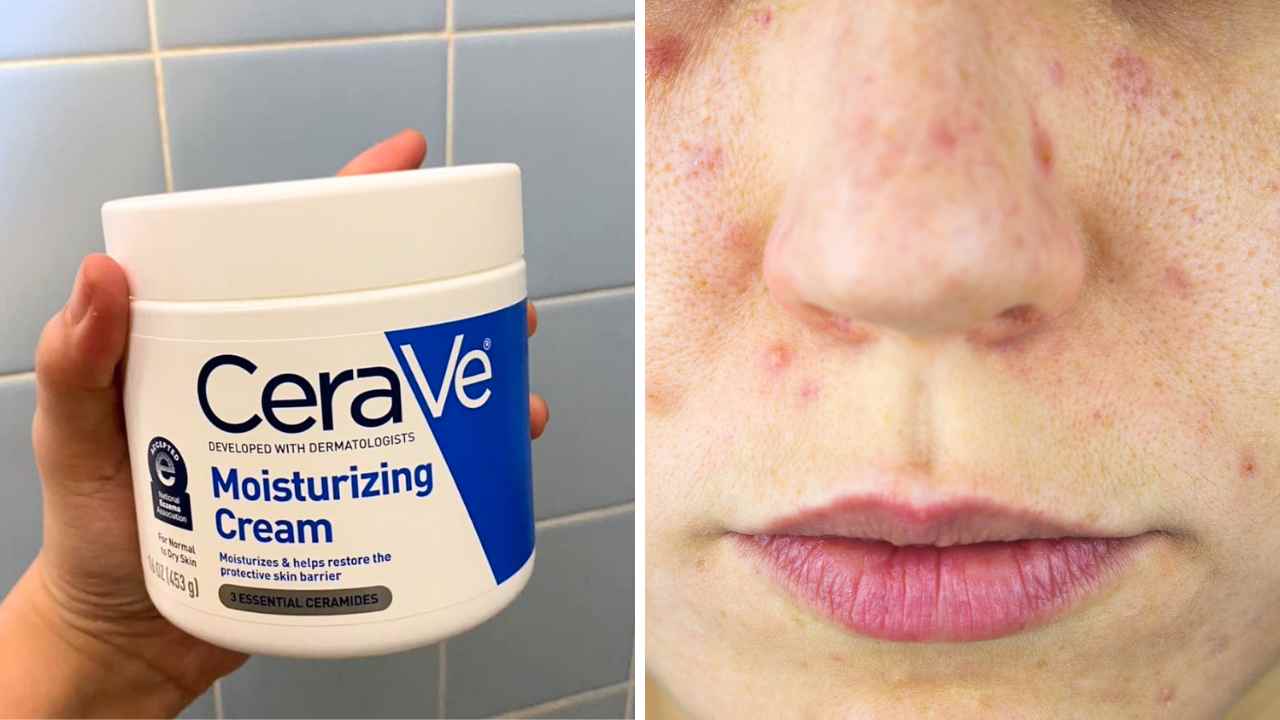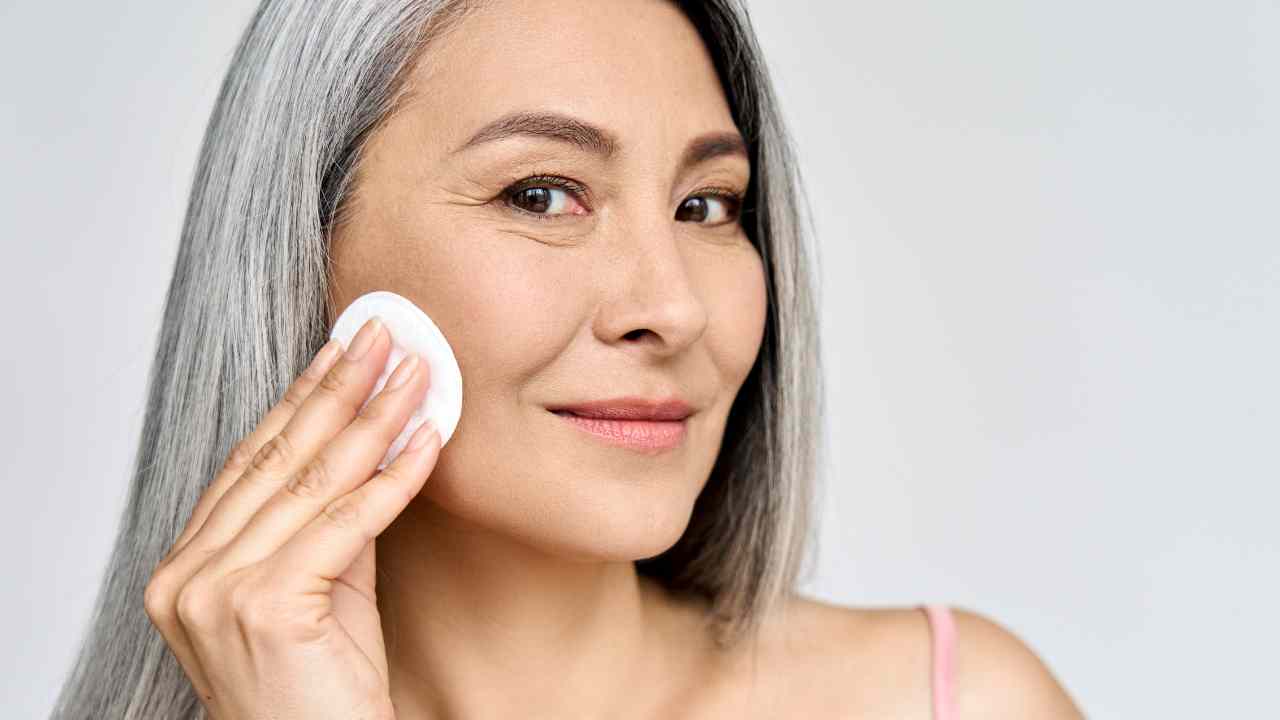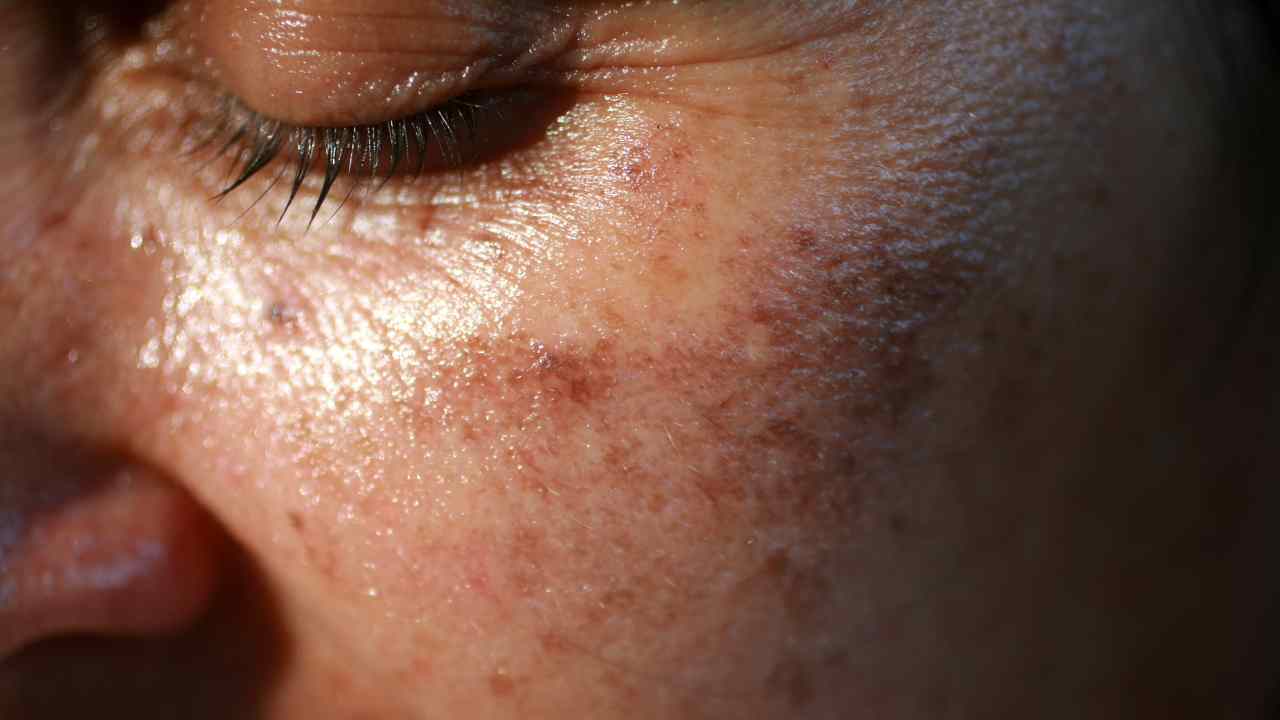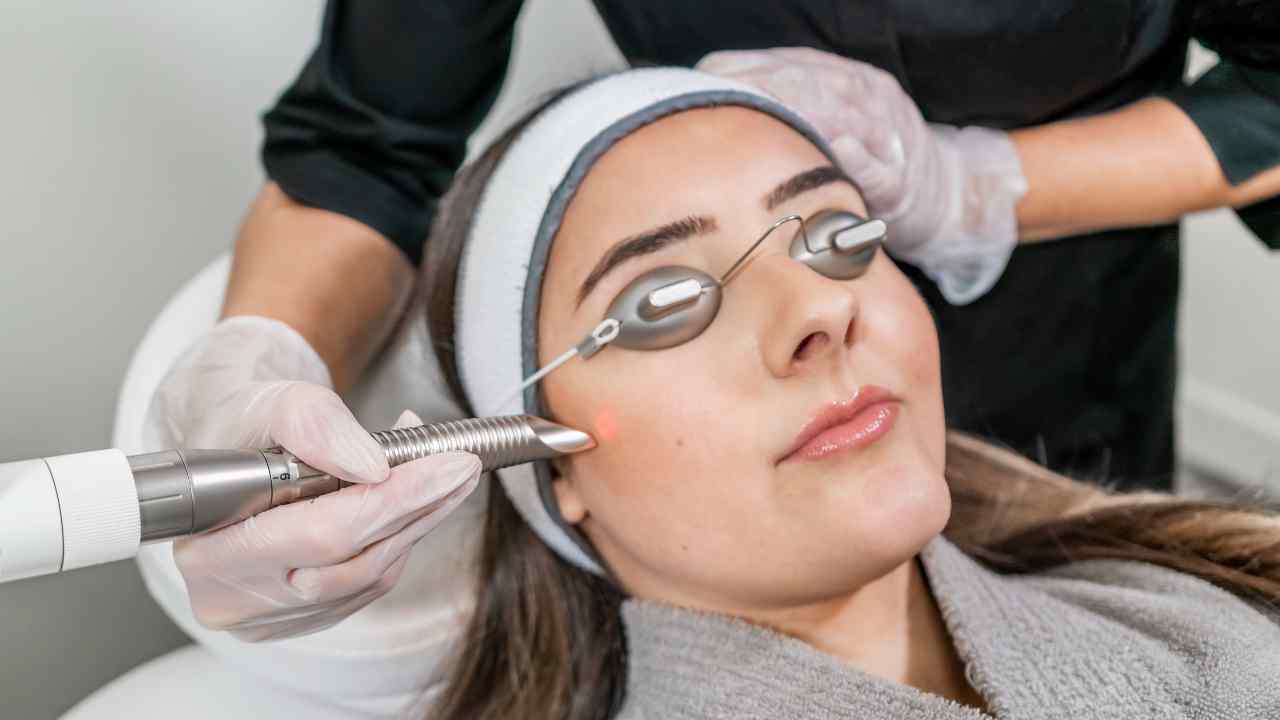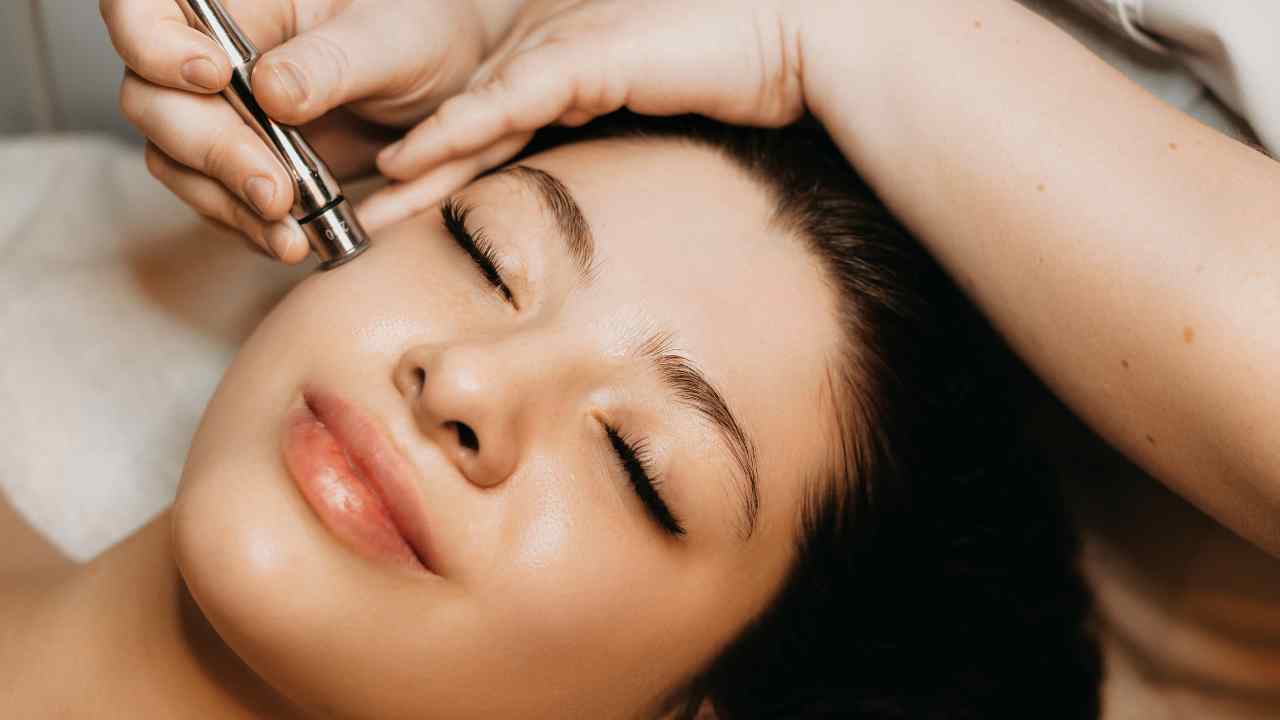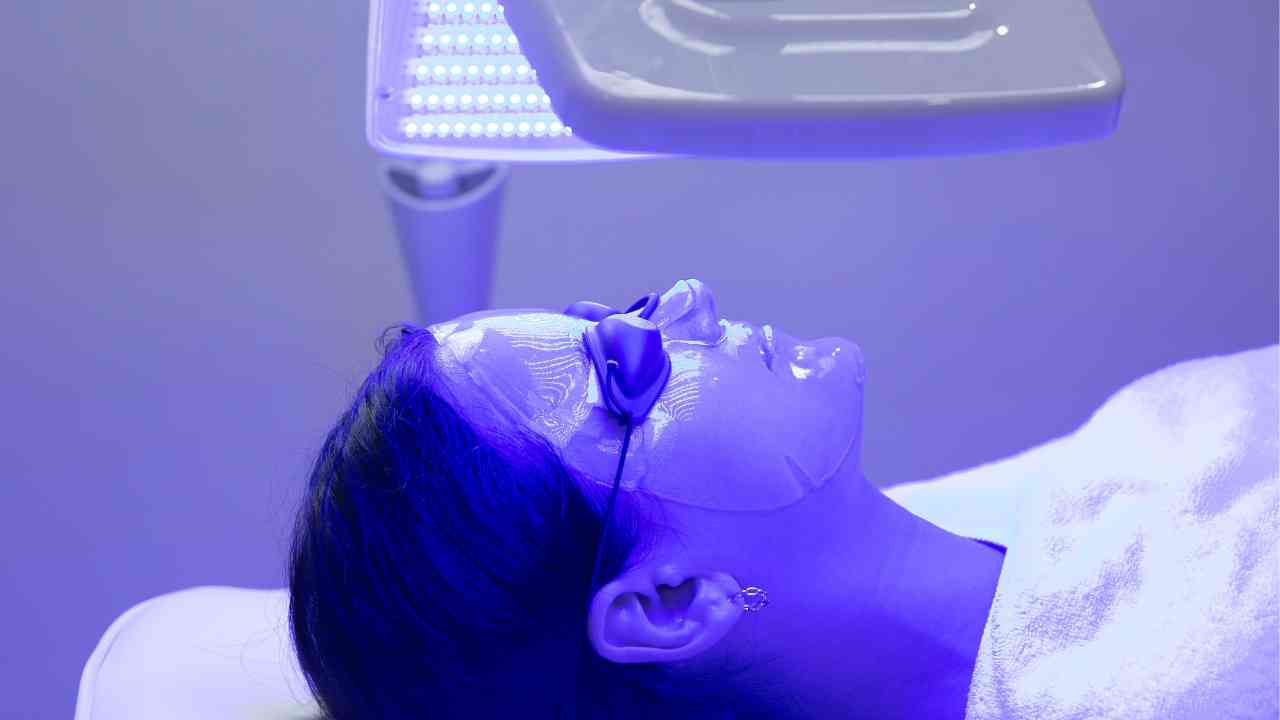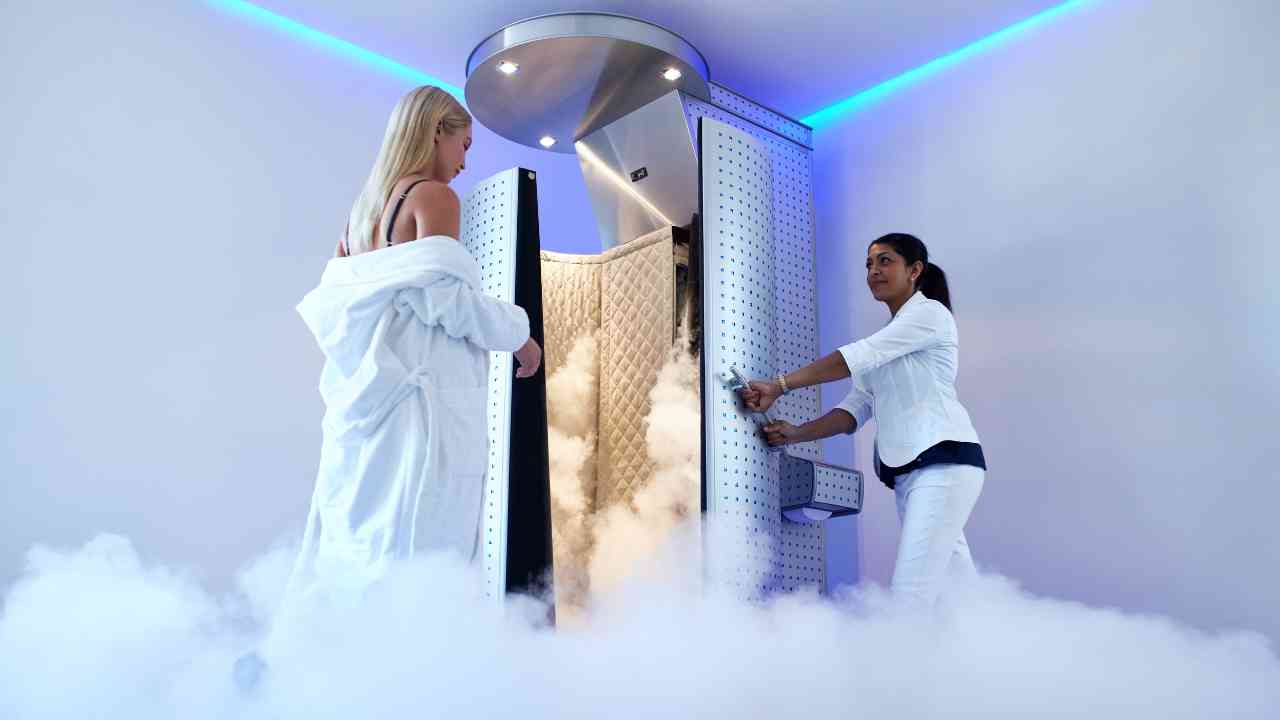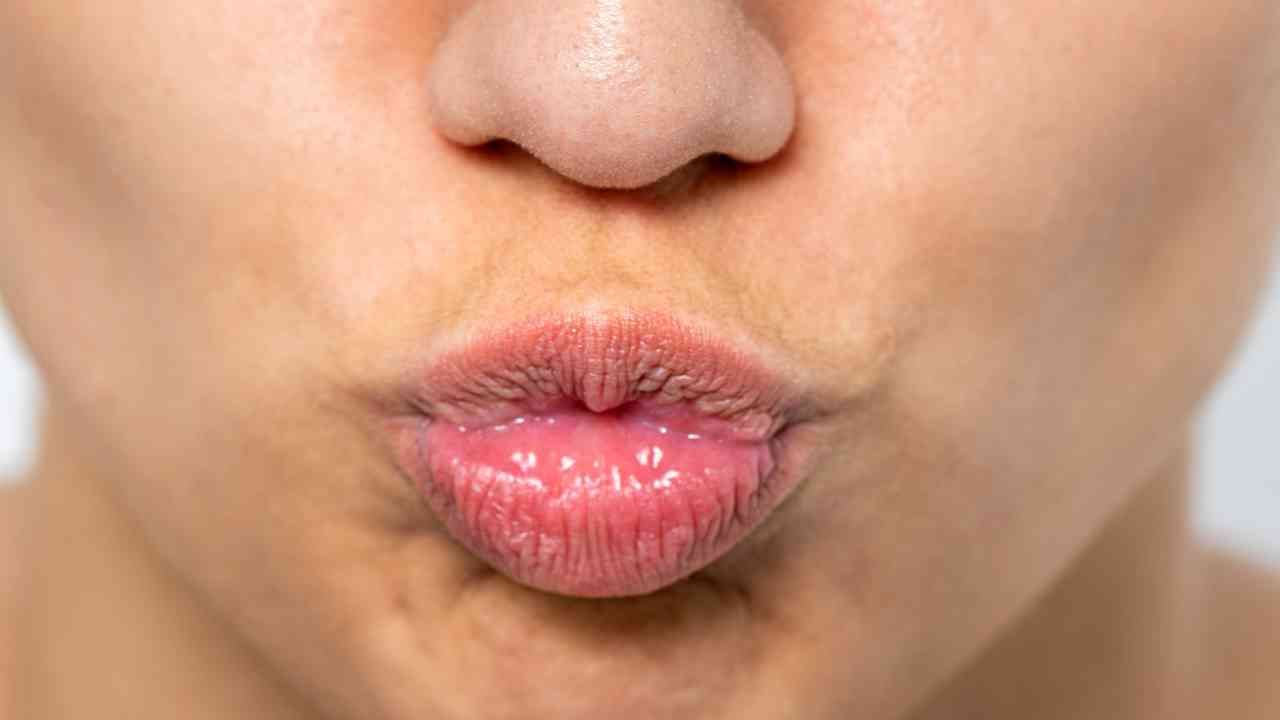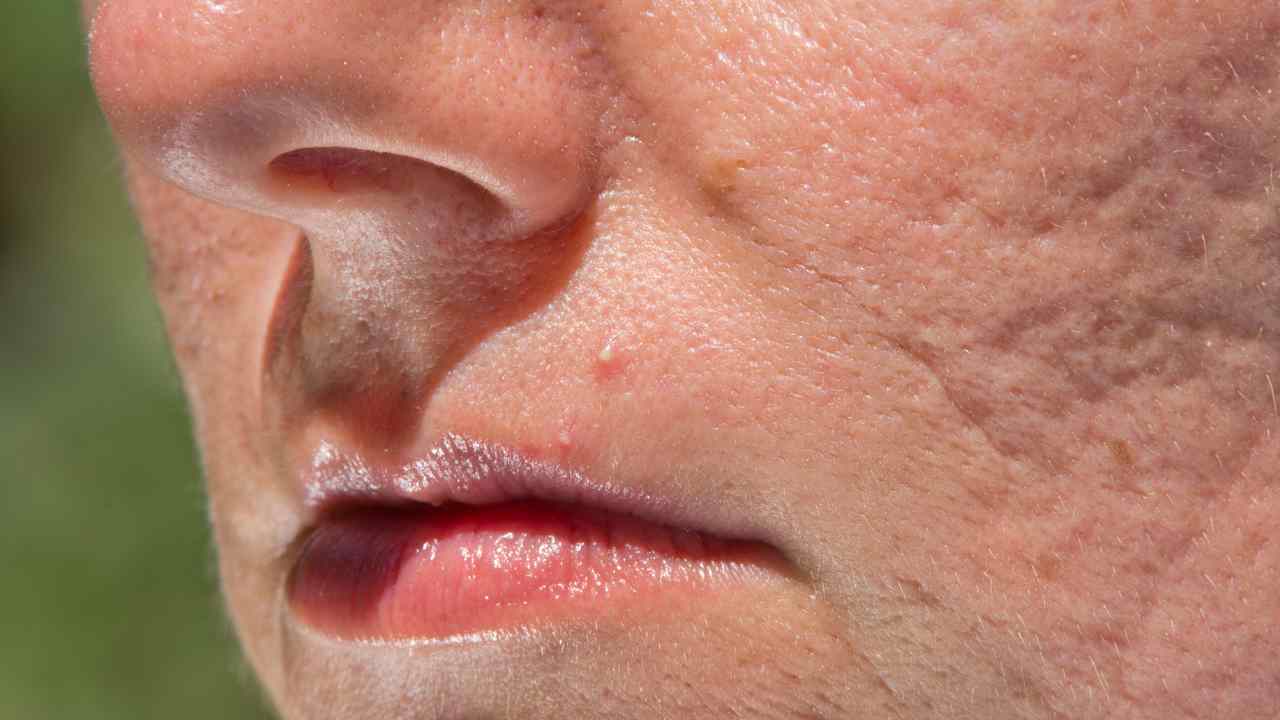
What's Better for Acne Scars: Microdermabrasion or Microneedling?
Ah, acne scars! Those annoying reminders of past breakouts that can really cramp our style.
But fear not, my friend! If you're on a mission to reclaim that smooth, scar-free skin, you've probably come across two popular treatments: microdermabrasion and microneedling.
Now, let's dive into the battle of these skincare superheroes and find out which one reigns supreme in the quest to conquer uneven skin tone and treat acne scars!
Get ready for some serious benefits, differences, and effectiveness coming your way! Let's do this!
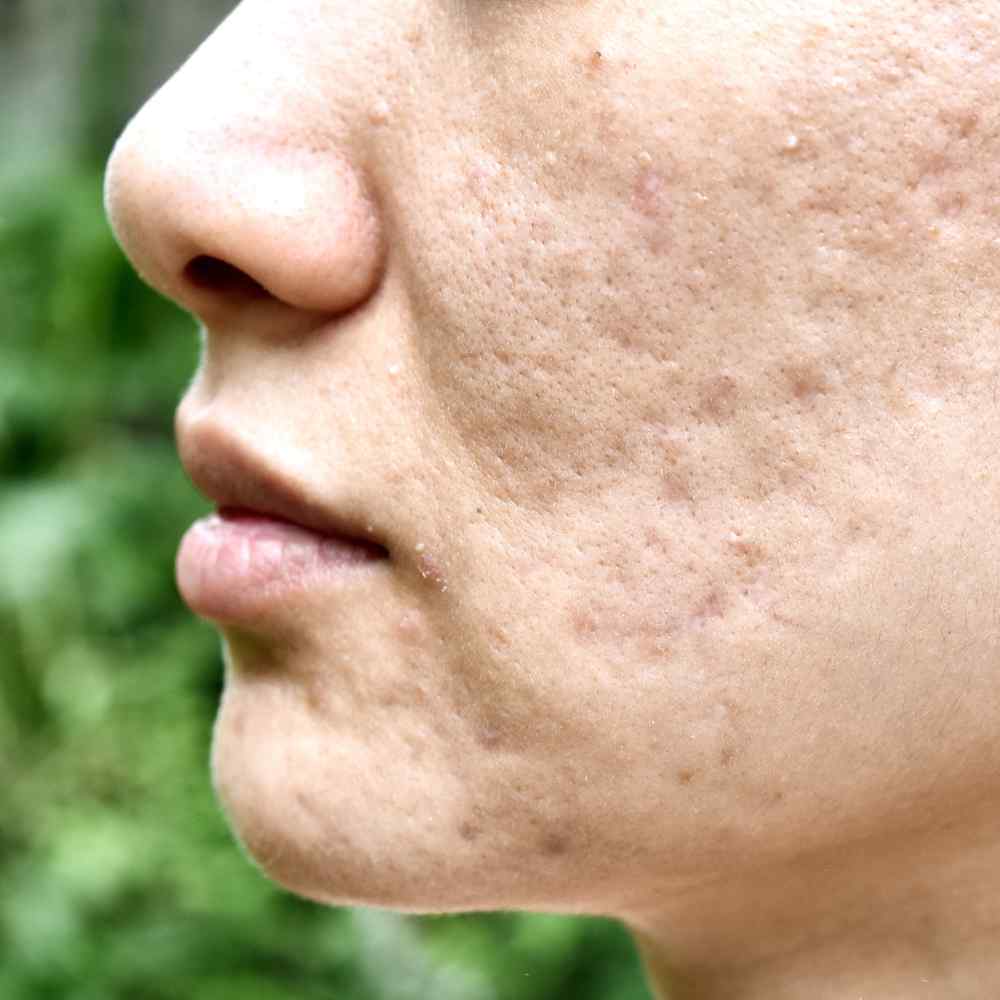
Understanding the Types of Acne Scars
Before diving into the world of treatments, it's essential to understand the nature of acne scars. Acne scarring typically comes in two primary forms:
Atrophic Scars
Atrophic scars, also known as pitted acne scars, are a specific type of acne scar that manifests as depressed acne scars or pits in the skin. These scars are formed due to the loss of collagen during the healing process of acne.
The resulting irregularities on the skin's surface can be further classified into three primary types: icepick scars, which resemble small, deep holes; boxcar scars, characterized by broad depressions with defined edges; and rolling scars, which have a wavy and undulating appearance.
Understanding the different types of atrophic scars can help in developing targeted skin treatment approaches for achieving smoother and more even skin texture.
Hypertrophic or Keloid Scars
Unlike atrophic scars, which are characterized by a sunken appearance, hypertrophic scars are raised and occur when the body produces an excess amount of collagen during the healing process.
These types of scars can develop due to various factors such as acne, surgery, or burns.
Keloid scars, on the other hand, are a more severe form of hypertrophic scars. They extend beyond the boundaries of the original injury and can continue to grow over time.
Keloids are often associated with a genetic predisposition and are more commonly observed in individuals with darker skin tones.
Gaining insight into the distinctions among these various scar types is pivotal for formulating effective treatment approaches for individuals seeking scar management.
Now that you understand the types of acne scars, let's explore how microdermabrasion and microneedling address these scars.
Microdermabrasion: Polishing Away Scars
Microdermabrasion treatment, as mentioned in a previous article, is a non-invasive exfoliation technique that is used to help with many skin conditions including fine lines and wrinkles, dull skin and acne scars.
It involves the removal of the top layer of dead skin cells, stimulating collagen production, and promoting new skin growth. It removes dull skin cells revealing the fresh skin below. Here's how microdermabrasion fares in the battle against acne scars:
Effectiveness: Microdermabrasion is generally more effectve for milder forms of acne scarring, particularly atrophic scars. It can help reduce the appearance of scars by removing damaged and dull surface skin cells and encouraging the growth of healthier tissue.
Downtime: One of the advantages of microdermabrasion is minimal downtime. You might experience some redness and mild discomfort, but it typically resolves quickly, allowing you to return to your regular activities.
Number of Sessions: Achieving noticeable results in many cases requires multiple sessions, typically spaced several weeks apart, to allow for proper rest and recovery.
This approach allows for a gradual and sustainable progression, ensuring that each session builds upon the previous one, leading to greater long-term improvements.
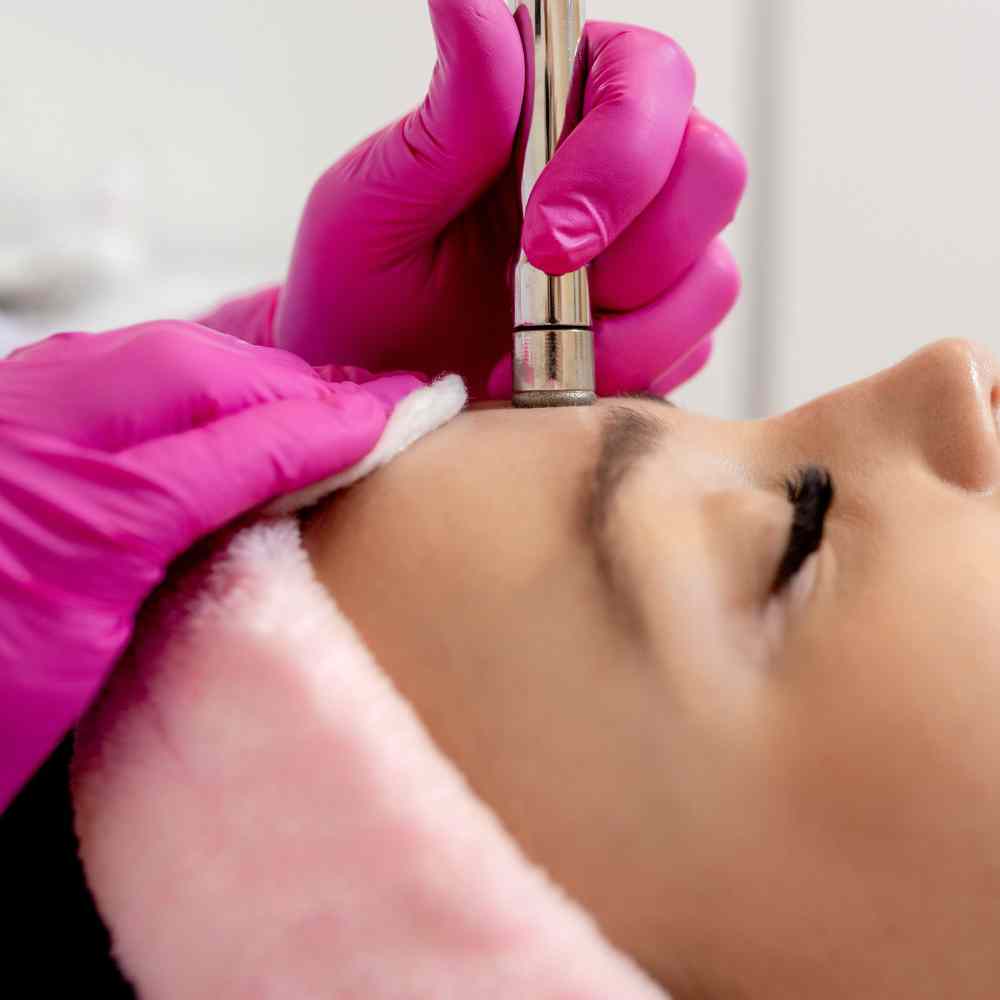
Microneedling: Precision in Scar Treatment
A microneedling procedure, also known as collagen induction therapy, takes a different approach to acne scar treatment.
It involves the use of a device equipped with tiny needles that create controlled micro-injuries in the skin. Here's how microneedling measures up:
Effectiveness: Microneedling is known for its effectiveness in treating various types of acne scars, including atrophic and hypertrophic scars.
The controlled injuries stimulate the body's natural healing process, leading to the formation of new collagen and smoother skin.
Downtime: While microneedling may cause some redness and mild swelling, the downtime is generally short. Most people can resume their normal activities within a day or two. Plus, they use a numbing cream during the session to prevent pain.
Number of Sessions: The number of sessions required depends on the severity of your scars, but noticeable improvements can often be seen after a few treatments.
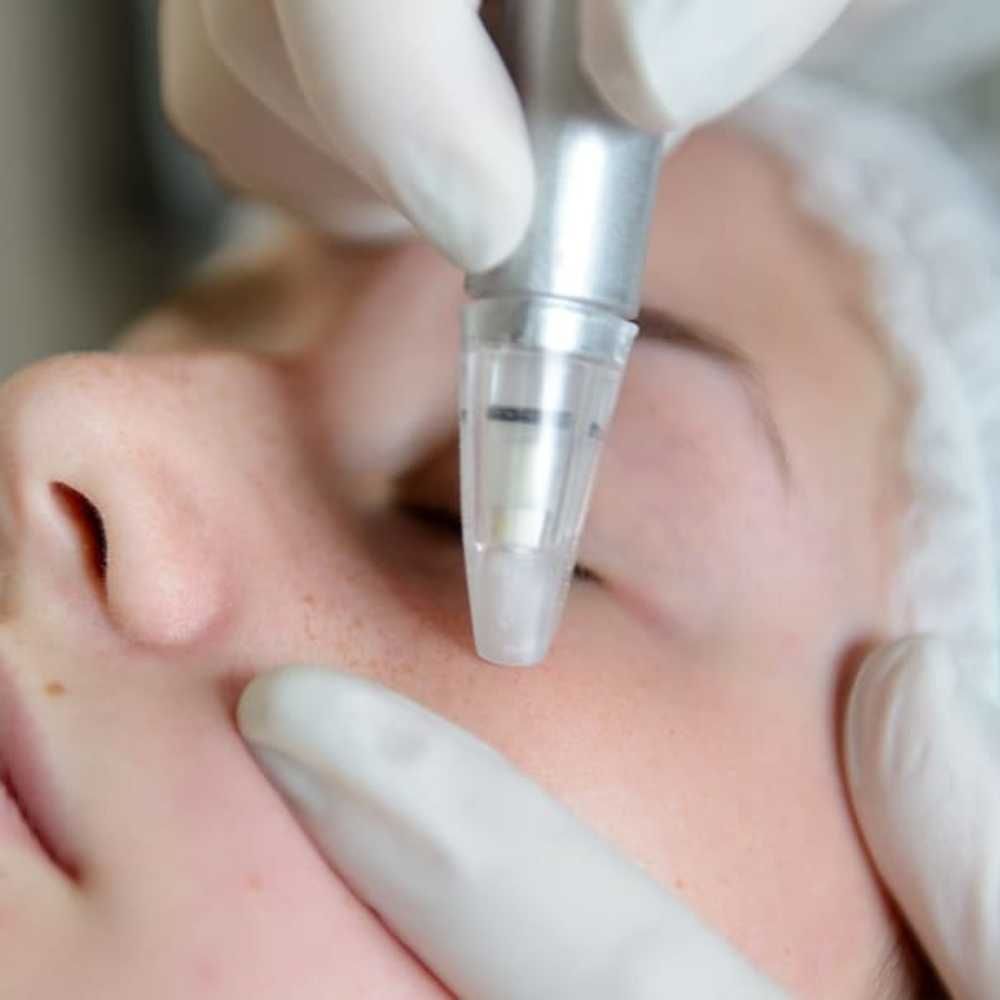
Choosing the Right Treatment
Now, the million-dollar question: which treatment is better for acne scarring and stretch marks, microdermabrasion or microneedling? The answer depends on several factors:
Severity of Scarring
If you have mild to moderate atrophic acne scarring, microdermabrasion may be a suitable option. This non-invasive procedure gently exfoliates the skin, helping to reduce the appearance of scars for these skin types.
However, for more severe deep acne scarring or a variety of scar types, microneedling is often the preferred choice.
With its ability to promote skin rejuvenation and improve the appearance of scars, microneedling offers a comprehensive solution for individuals seeking to enhance their skin's texture and tone.
Downtime Tolerance
If you prefer minimal downtime and can commit to more than one treatment, microdermabrasion might be your go-to.
On the other hand, if you're willing to tolerate a bit more downtime for potentially more significant results, microneedling could be the better choice.
Consultation
When it comes to addressing acne scarring, seeking a consultation with a knowledgeable dermatologist or skincare professional is of utmost importance.
These experts possess the expertise to thoroughly evaluate your skin, understand your specific goals, and provide tailored recommendations for the most suitable treatment options. They may even recommend other treatments, such as chemical peels, for your type of scarring.
By entrusting your skin concerns to their care, you're taking proactive steps towards achieving a smoother and more radiant complexion.
In Conclusion: The Right Choice for You
In the battle against acne scarring and even stretch marks, both microneedling and microdermabrasion have their strengths. The choice between them depends on the nature and severity of your scars, your tolerance for downtime, and your skincare goals.
To determine the best approach for you, consult with a qualified professional who can provide personalized recommendations and guide you on the path to smoother, scar-free skin.
Remember, the journey to clearer skin is within reach, and with the right treatment, you can achieve the complexion you desire.



